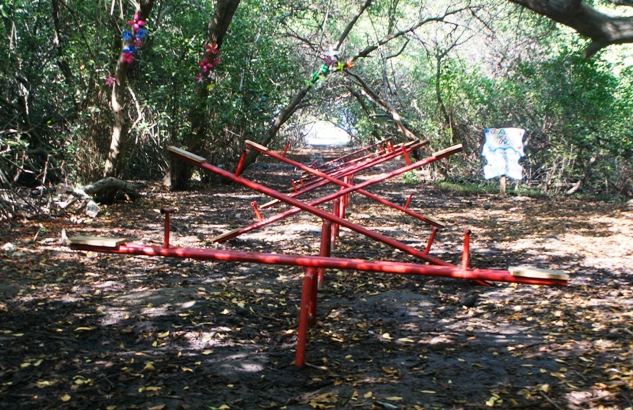Assets under management of the Afore smaller and larger in Mexico are between 2 and 32 billion dollars (bd). This is the case of Afore Azteca and Afore XXI-Banorte respectively. Managing these portfolios, with turmoil in financial markets, it is not easy and requires focusing on the horizon and making decisions with a cool head and fluctuations that can act in favor or against the portfolio.
In the first half year, high volatility in financial markets was observed and everything indicates that the second half will prevail. In international markets the S & P index had a variation of 16% in dollars between its lowest and highest level and the return in the period was 4%; while the QQQ (ETF technology stocks) 15% in dollars between low and high and -2% in the period.
In Mexico, the Mexican stock Exchange index moved 15% in pesos, while the peso dollar exchange rate was fluctuating between its lowest and highest level of -12% and increase 7% in the first half of 2016. In the case of interest rates, the long-term rates moved 60 basis points between its highest and lowest so government bond (mbono) that matures in 22 years (2038), had a change in its price of 6%.
These strong fluctuations some long-term investors have been able to exploit the situation and others not.
Afores have 74% in debt securities in local currency (54% in government debt and 20% in corporate); 19% in equities (7% in local and 12% foreign) and 7% in others (6% in alternatives as CKDs an mexican REITs known as Fibras and 1% in international debt).
The observed volatility was reflected in the results of the Siefores that for the first half of 2016 had a direct average yield in pesos of 3.52% at the aggregate level where the results of last June explained one third (1.23% in pesos).

Reviewing cumulative returns for the first half of the Siefores, you can see contrasting results. The basic Siefore 2 (SB2) that is the one that has the largest amount of assets under management (AUM) by concentrating 36% (50 bd), has workers in the age range between 46 and 59 years and have 17% in equity (at May); yields were between 2.07% paid by the Siefore of Afore SURA and 5.34% direct performance in six months in pesos of Afore Coppel. The average return was 3.52%.
In the case of sb3 which is the second biggest having 32% of assets (45 bd), aged between 37 and 45 years and have 20% in equity, direct yields to six months Siefore in pesos they were between 1.76% of Afore SURA and 5.46% of Afore Coppel. The average return was 3.55%.
For sb4 which has 28% of assets under management (39.8 bd), ages are less than 36 years and have 26% in equity, ranges were from 0.82% of Sura to 5.46% of Afore Coppel. The increased presence of equities in this Siefore originated yields with more variation between the highest and lowest. The average return for this Siefore was 3.40%.
As for the sb1 which has only 4% of assets under management (6.3 bd), has workers above 60 years of age (where remember that retirement is at age 65) and 4% in equity, returns ranges fluctuated between 3.16% of Afore Banamex and 4.60% Afore Coppel. The average return for this Siefore was 3.79%.
It is interesting to note that the three largest Afores are XXI-Banorte (23% of AUMs), Banamex (18%) and Sura (15%) are in the last places of performance in sb2, sb3 and sb4,while some of the small and médium Afores are located at the top as in the case of Coppel (5%), Azteca (2%) and Principal (6%).
What contrasts these yields in the first half is that in long-term yields presenting CONSAR 3, 5, 7 and 7 years for SB1, SB2, SB3 and SB4 respectively, the Afores that are now at the top in six months, are not those in the first places in the long term and vice versa. SURA for example that appears in the last places in the first half, is in the top two places in long-term yields in the 4 Siefores and counterpart COPPEL contained in the first places in yields in the first half is in places 8 and 10 long-term returns in its 4 siefores.
There are few opportunities given to markets to change long-term positions, where the important thing is to know when to approach a competitor or maintain a different strategy for leaders.
Column by Arturo Hanono

